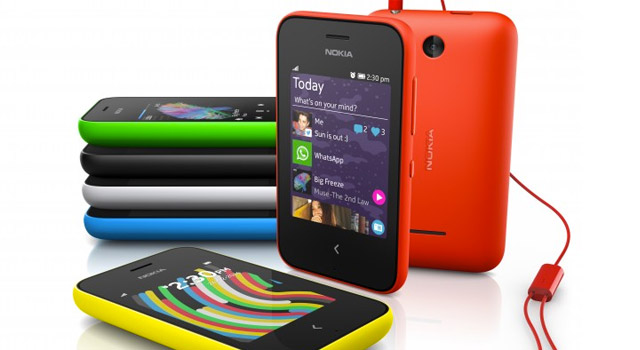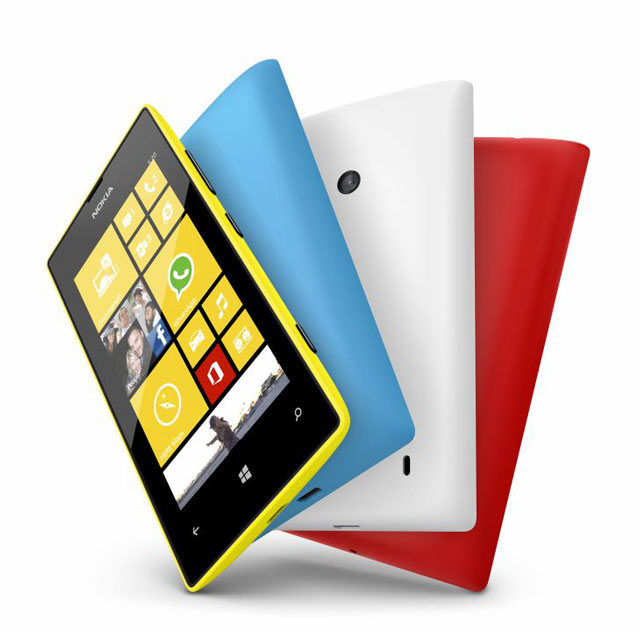
Microsoft, fresh from concluding its acquisition of Nokia’s devices and services business, has announced it will discontinue the handset maker’s Asha and S40 feature phones, as well as, perhaps less surprisingly, the Nokia X Android phones, over the next 18 months.
Feature phones and particularly the Nokia range of devices, have proved incredibly successful in South African and other African markets. While Microsoft’s move may seem like a step in the wrong direction, analysts believe it may turn out to be a smart move as Microsoft attempts to grow Windows Phone’s market share relative to Google’s Android and Apple’s iOS.
But Microsoft is going to have to get the price point for Windows Phone much lower in the coming years if it’s to meet demand from price-sensitive consumers at the lower end of the market.
Nokia’s cheapest contender in the low-cost handset market is the Asha 230, which retails for as little as R649. Its S40 phones cost even less. The cheapest Lumia smartphone, on the other hand, is the Lumia 520, which retails for R1 499 (a recent price cut from R1 999).
What’s to stop users being lured into the arms of Android?
Nokia was once the world’s biggest mobile phone manufacturer, but with the advent of the iPhone and Android, the company has haemorrhaged market share. In 2011, it formed a strategic partnership with Microsoft and slowly moved from its dated Symbian platform.
Technology analyst Steven Ambrose of Strategy Worx says Microsoft’s decision to dump the Asha line-up and S4 feature phones was inevitable.
“The feature phone market is in its golden years,” he says. This is because smartphone costs have fallen almost to feature phone levels and consumers are demanding “richly connected devices”.
Microsoft has made it clear it will push low-cost Windows Phone smart devices hard.
Former Nokia CEO and now Microsoft executive vice-president of devices and services Stephen Elop said in an e-mail to employees last week that the company will drive Windows Phone volume by targeting the more affordable smartphone segments. It’s these segments, he said, that are the fastest growing. “In addition to the portfolio already planned, we plan to deliver additional lower-cost Lumia devices by shifting select future Nokia X designs and products to Windows Phone devices.”

Ambrose thinks this makes sense. “There is no reason for Microsoft to run two parallel platforms,” he says.
“Nokia’s brand has been very strong among lower income users and this has been, in many ways, Nokia’s saviour,” he adds. “But I think the time for Microsoft to clean up its act is long overdue.”
The company needs to rationalise its offerings and focus more heavily on its operating system, he says.
The move comes as Microsoft prepares to axe 18 000 jobs, most of them reportedly from the Nokia business.
Time will tell if dumping the Asha line and S40 feature phones will pay off for Microsoft, but if it can roll out a low-cost but powerful Windows Phone handset that can compete with the best that Android offers, it may yet be able to put itself on the map meaningfully in mobile. — © 2014 NewsCentral Media




